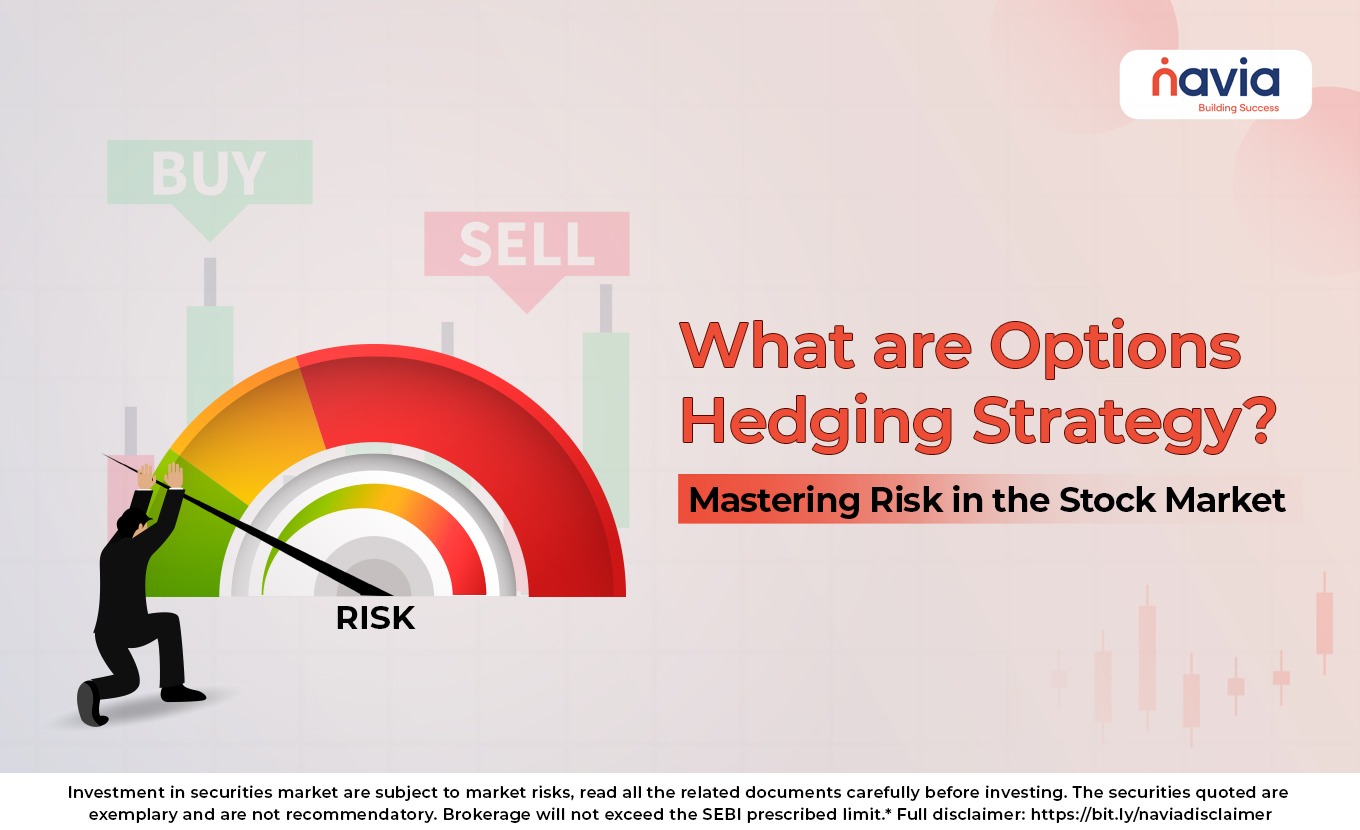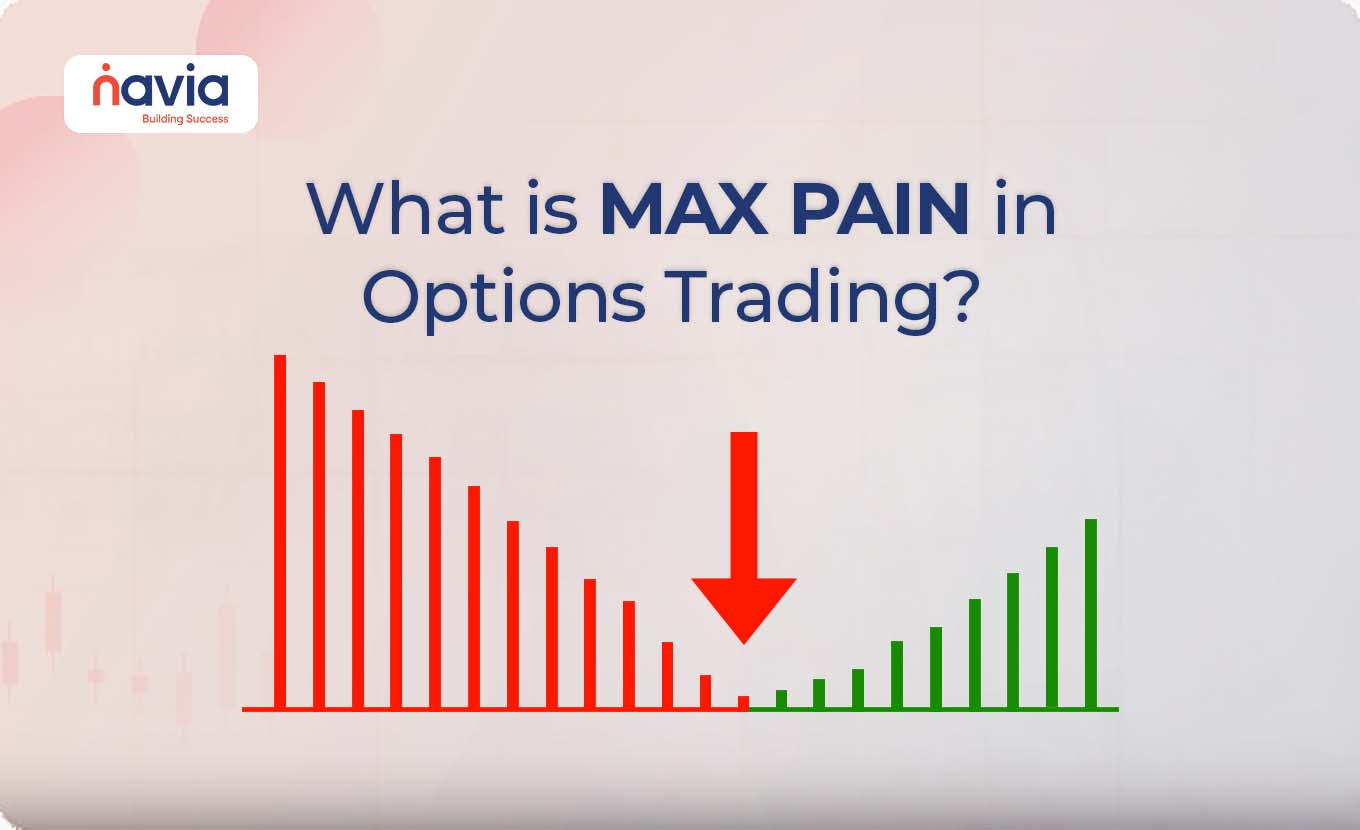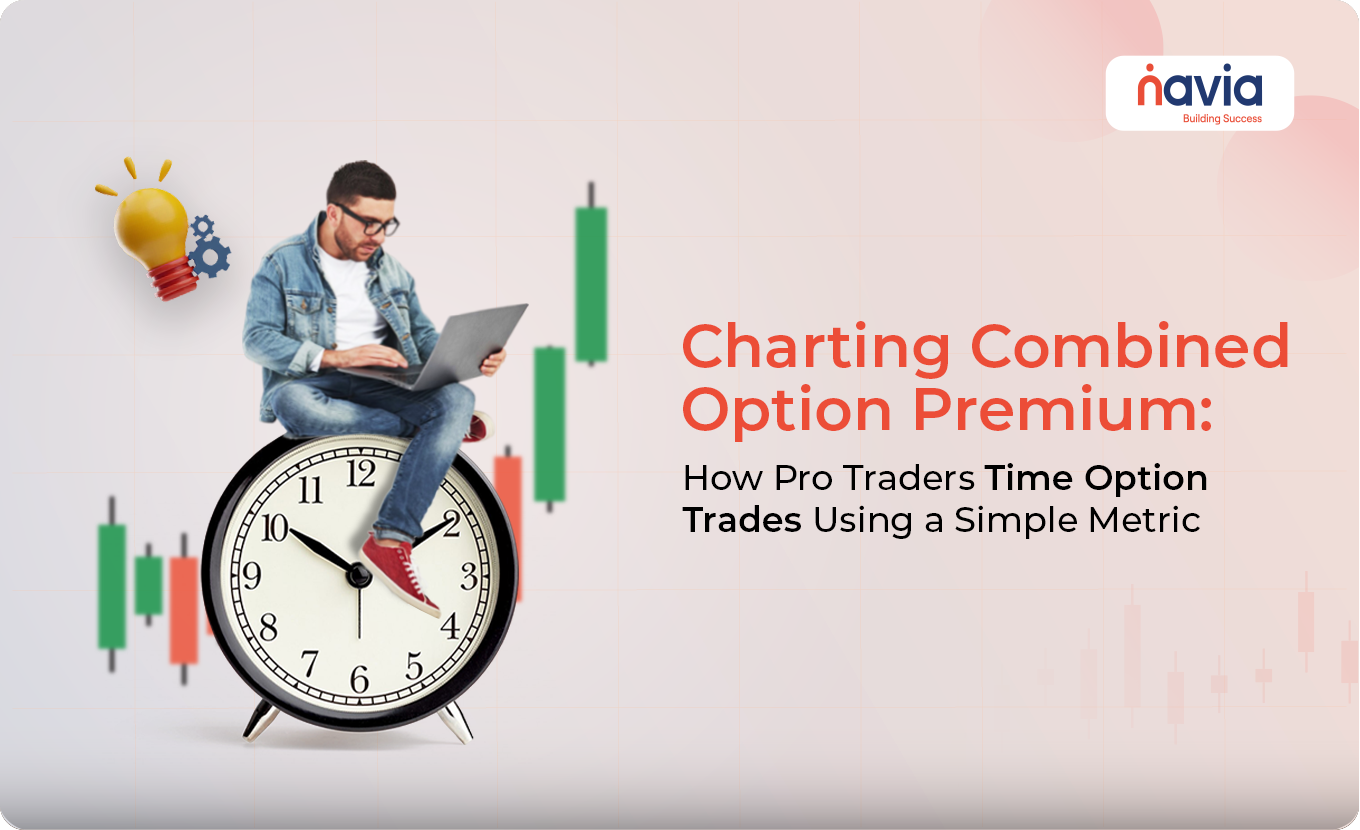Mastering the Art of Options Trading: A Comprehensive Guide

Did you know that options trading can turn the tables in your favor in the dynamic world of finance? It became evident when the first quarter of 2023 had 1.8 billion contracts, putting options on course for another strong year. The original surge was driven using options by retail investors, although now professional investors are also trading more options, to capture the investment gains themselves. Imagine having the power to harness the volatility of the stock market, not only to safeguard your investments but to potentially skyrocket your profits. In this comprehensive guide, we unlock the secrets of options trading—a financial realm filled with intrigue, strategy, and boundless opportunities. Whether you’re a novice or an experienced trader, this guide will equip you with the knowledge you need to excel in the world of options.
What is Options Trading?
Options trading is a financial strategy that involves the buying and selling of options contracts. These contracts grant the holder the right, but not the obligation, to buy or sell an underlying asset at a specified price before a certain expiration date.
Options Trading Glossary:
1. Call Option: A call option is a contract that grants the holder the right, but not the obligation, to buy an underlying asset at a specified price (strike price) within a predetermined time frame. Call options are often used when investors anticipate an asset’s price will rise.
2. Put Option: A put option is a contract that gives the holder the right, but not the obligation, to sell an underlying asset at a specified price (strike price) within a predetermined time frame. Put options are typically used when investors anticipate a decline in an asset’s price.
3. Strike Price: The strike price, also known as the exercise price, is the price at which the underlying asset can be bought (for call options) or sold (for put options) if the option is exercised. It’s a crucial element in option contracts.
4. Expiration Date: The expiration date is the date when an options contract becomes invalid, and the right to exercise it lapses. After this date, the option loses its value and becomes worthless.
5. Premium: The premium is the price that an options buyer pays to the seller for the rights conveyed by the option contract. It represents the cost of obtaining the option and is determined by various factors, including the asset’s price, volatility, and time remaining until expiration.
6. In the Money (ITM): An option is considered “in the money” when it has intrinsic value. For call options, it means the asset’s current price is higher than the strike price. For put options, it means the asset’s price is lower than the strike price.
7. Out of the Money (OTM): An option is “out of the money” when it has no intrinsic value. For call options, this occurs when the asset’s current price is lower than the strike price. For put options, it happens when the asset’s price is higher than the strike price.
8. At the Money (ATM): An option is “at the money” when the asset’s current price is very close to the strike price. In such cases, the option’s premium may primarily consist of time value.
9. Implied Volatility (IV): Implied volatility is a measure of market expectations for future price fluctuations of an underlying asset. It influences option premiums, with a higher IV generally leading to higher option prices.
10. Delta: Delta is a measure of how much an option’s price is expected to change in relation to a one-point change in the price of the underlying asset. It indicates the option’s sensitivity to price movements.
11. Theta: Theta measures the rate of time decay of an option’s premium. It quantifies how much an option’s value decreases as time passes, especially relevant for option sellers.
12. Vega: Vega quantifies the sensitivity of an option’s premium to changes in implied volatility. A higher vega indicates that the option’s price is more affected by changes in volatility.
13. Gamma: Gamma measures how delta changes with small price movements in the underlying asset. It indicates the rate of change of delta and is crucial for advanced option strategies.
Different Option Trading Strategies
Below are a few important options trading strategies that offer a diverse range of options for traders and investors, allowing them to tailor their approach to various market conditions and risk tolerances. It’s essential to thoroughly understand each strategy’s mechanics and when to apply them to make informed options trading decisions.
Covered Call Strategy:
The covered call strategy is a conservative approach aimed at generating income. In this strategy, an investor holds a long position in an underlying asset (such as a stock) and simultaneously sells call options on the same asset. By selling these call options, the investor earns a premium, which provides an additional source of income. The call options give the buyer the right to purchase the asset at a predetermined price (strike price) within a specific time frame. If the stock price remains below the strike price until expiration, the investor keeps the premium and the underlying asset. This strategy is ideal for those who are moderately bullish on the asset’s performance and want to generate income while holding it.
Long Put Strategy:
The long-put strategy is designed for investors who expect a decline in the price of an underlying asset. It involves purchasing put options, which grant the holder the right to sell the underlying asset at a predetermined price (strike price) within a specified time frame. If the asset’s price drops below the strike price, the put option becomes profitable as it allows the investor to sell the asset at a higher price than the market value. This strategy acts as a hedge against potential losses in an investment portfolio when anticipating a market downturn.

Straddle Strategy:
The straddle strategy is employed when traders anticipate significant price volatility but are unsure about the direction of the price movement. It involves buying both a call option and a put option with the same strike price and expiration date. By doing so, investors aim to profit from a substantial price swing in either direction. If the price moves significantly upward or downward, one of the options will become profitable, potentially offsetting the loss on the other option. Straddles are often used before major company announcements or events that can trigger market volatility.
Iron Condor Strategy:
The iron condor strategy is a neutral strategy used when traders expect minimal price movement in an underlying asset. It involves simultaneously selling an out-of-the-money (OTM) call option and an OTM put option, while also buying a further OTM call option and put option. This creates a limited profit and limited risk scenario. If the asset’s price remains within a specific range until expiration, all options expire worthless, and the investor retains the premium received from selling the options. Iron condors are ideal in sideways or range-bound markets, where price fluctuations are expected to be minimal.
Bull Call Spread Strategy:
The bull call spread strategy is a bullish strategy that involves buying a call option with a lower strike price and simultaneously selling a call option with a higher strike price on the same underlying asset. This strategy limits both potential gains and losses. The purchased call option profits if the asset’s price rises, while the sold call option caps the maximum profit but also reduces the upfront cost. Bull call spreads are used when an investor believes that the asset’s price will increase moderately, allowing them to benefit from the price rise while managing risk.
How to Start with Options Trading?
1. Educate Yourself: Begin by understanding the basics of options trading through books, courses, or online resources.
2. Choose a Reliable Broker: Select a option trading app that offers options trading and suits your needs.
3. Develop a Trading Plan: Define your goals, risk tolerance, and preferred strategies.
4. Practice with Paper Trading: Many brokers offer paper trading accounts to practice without real money.
5. Start Small: Initially, invest with a small amount to gain experience and confidence.

Options Trading Pros:
1. Leverage: Options trading provides a powerful tool for leveraging your investments. With a relatively small amount of capital, you can control a much larger position in the underlying asset. This amplification of exposure can lead to significant profits if the market moves in your favor. However, it’s important to remember that leverage also magnifies potential losses, so risk management is crucial.
2. Risk Management: Options offer versatile risk management strategies that can help protect your investments. For instance, buying put options can act as insurance, allowing you to hedge against potential downside in your stock holdings. This ability to mitigate risk is particularly valuable in volatile markets or when holding a diverse portfolio.
3. Income Generation: Options trading can be a consistent source of income. Strategies like covered calls involve selling call options against a stock position you already own. This generates premium income, which can supplement your returns or offset losses in other areas of your portfolio.
4. Diverse Strategies: Options trading offers a wide array of strategies, catering to different market conditions. Whether you’re bullish, bearish, or neutral on an asset’s price movement, there’s likely an options strategy that suits your outlook. From conservative income generation to speculative plays, options provide flexibility for various investment goals.
5. Capital Efficiency: Options typically require less capital upfront compared to trading the underlying asset directly. This capital efficiency allows you to allocate your resources across multiple trades, diversifying your portfolio and spreading risk.
Option Trading Cons:
1. Complexity: Options trading can be complex, especially for beginners. Understanding the intricacies of option contracts, various strategies, and the impact of factors like time decay and implied volatility requires a significant learning curve. Novice traders may find themselves overwhelmed, potentially leading to costly mistakes.
2. Time-Consuming: Successful options trading often demands substantial time and effort. Monitoring positions, assessing market conditions, and adjusting strategies in response to changing circumstances can be time-consuming. It’s not a passive investment approach; it requires active management.
3. Potential Losses: While options can be used to limit potential losses, they can also lead to substantial losses if not used correctly. The leverage inherent in options can magnify both gains and losses. Traders who underestimate risk or fail to employ risk management strategies can suffer significant financial setbacks.
4. High Risk: Options trading carries inherent risks due to the leverage involved. A small adverse price movement in the underlying asset can result in substantial losses. Novice traders, in particular, may be tempted to use excessive leverage, amplifying their risk exposure.
5. Market Volatility: While options can be used to profit from volatility, they can also be adversely affected by sudden and extreme market swings. Unexpected events or news can lead to rapid changes in option prices, potentially causing unexpected losses.
To Summarize
In conclusion, options trading offers a world of opportunities for both novice and experienced investors. The strategies and tools available can help you navigate the complexities of the market. To get started on your journey, consider opening an account with Navia, where you’ll find the resources and support needed to make informed decisions.
We’d Love to Hear from you
DISCLAIMER: Investments in the securities market are subject to market risks, read all the related documents carefully before investing. The securities quoted are exemplary and are not recommendatory. Brokerage will not exceed the SEBI prescribed limit.





